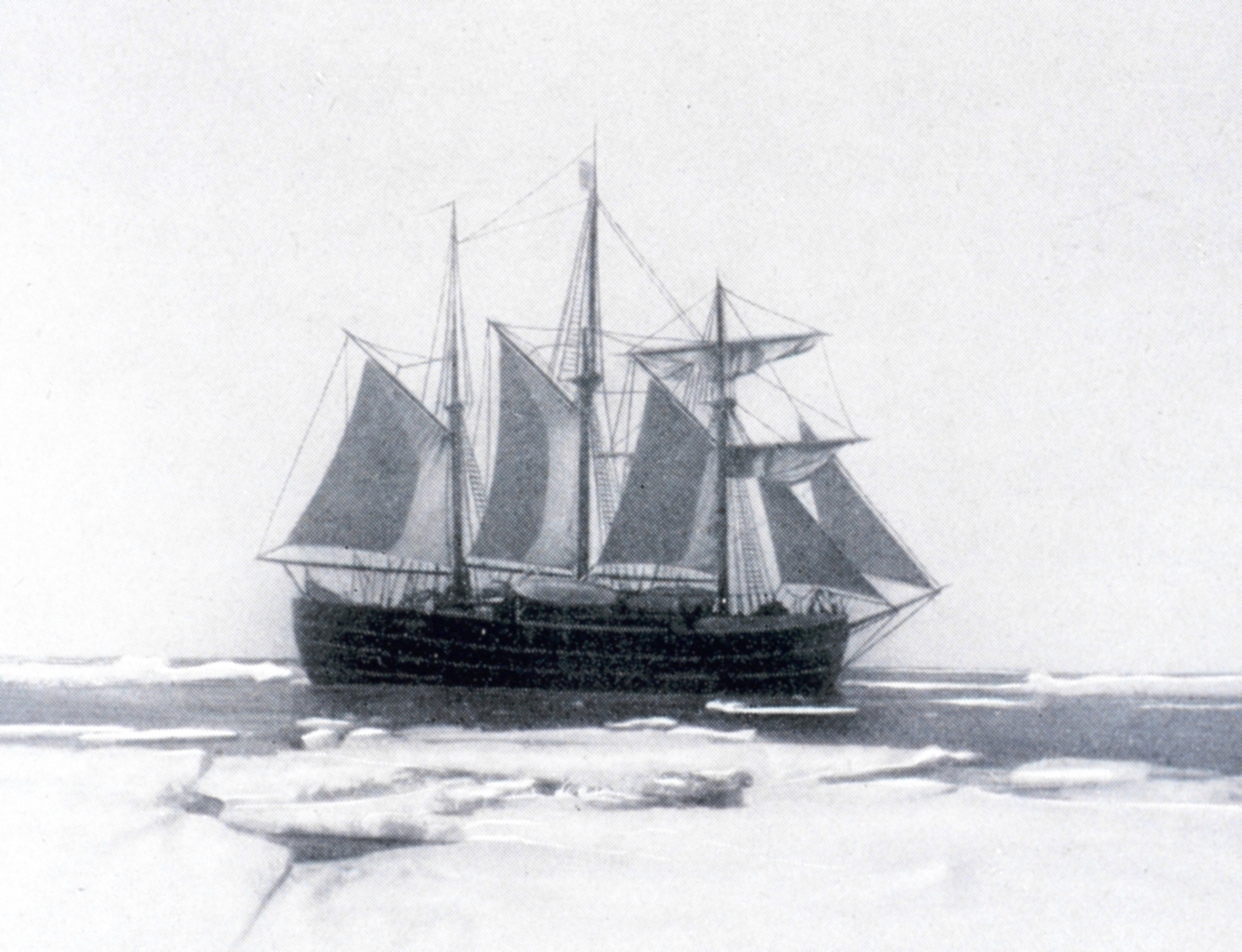Fram
Fram ("Forward") is a ship that was used in expeditions of the Arctic and Antarctic regions by the Norwegian explorers Fridtjof Nansen, Otto Sverdrup, Oscar Wisting, and Roald Amundsen between 1893 and 1912. It was designed and built by the Scottish-Norwegian shipwright Colin Archer for Fridtjof Nansen's 1893 Arctic expedition in which the plan was to freeze Fram into the Arctic ice sheet and float with it over the North Pole.
Fram is preserved as a museum ship at the Fram Museum in Oslo, Norway.
Construction
Nansen's ambition was to explore the Arctic farther north than anyone else. To do that, he would have to deal with a problem that many sailing on the polar ocean had encountered before him: the freezing ice could crush a ship. Nansen's idea was to build a ship that could survive the pressure, not by pure strength, but because it would be of a shape designed to let the ice push the ship up, so it would "float" on top of the ice.
Fram is a three-masted schooner with a total length of 39 metres (127 ft 11 in) and width of 11 metres (36 ft 1 in). The ship is both unusually wide and unusually shallow in order to better withstand the forces of pressing ice.
Nansen commissioned the shipwright Colin Archer from Larvik to construct a vessel with these characteristics. Fram was built with an outer layer of greenheart wood to withstand the ice and with almost no keel to handle the shallow waters Nansen expected to encounter. The rudder and propeller were designed to be retracted. The ship was also carefully insulated to allow the crew to live on board for up to five years. The ship also included a windmill, which ran a generator to provide electric power for lighting by electric arc lamps.
Initially, Fram was fitted with a steam engine. Prior to Amundsen's expedition to the South Pole in 1910, the engine was replaced with a diesel engine, a first for polar exploration vessels.
The ship was launched on 26 October 1892.
South Pole Expedition
Fram was used by Roald Amundsen in his southern polar expedition from 1910 to 1912, the first to reach the South Pole, during which Fram reached 78° 41' S.
